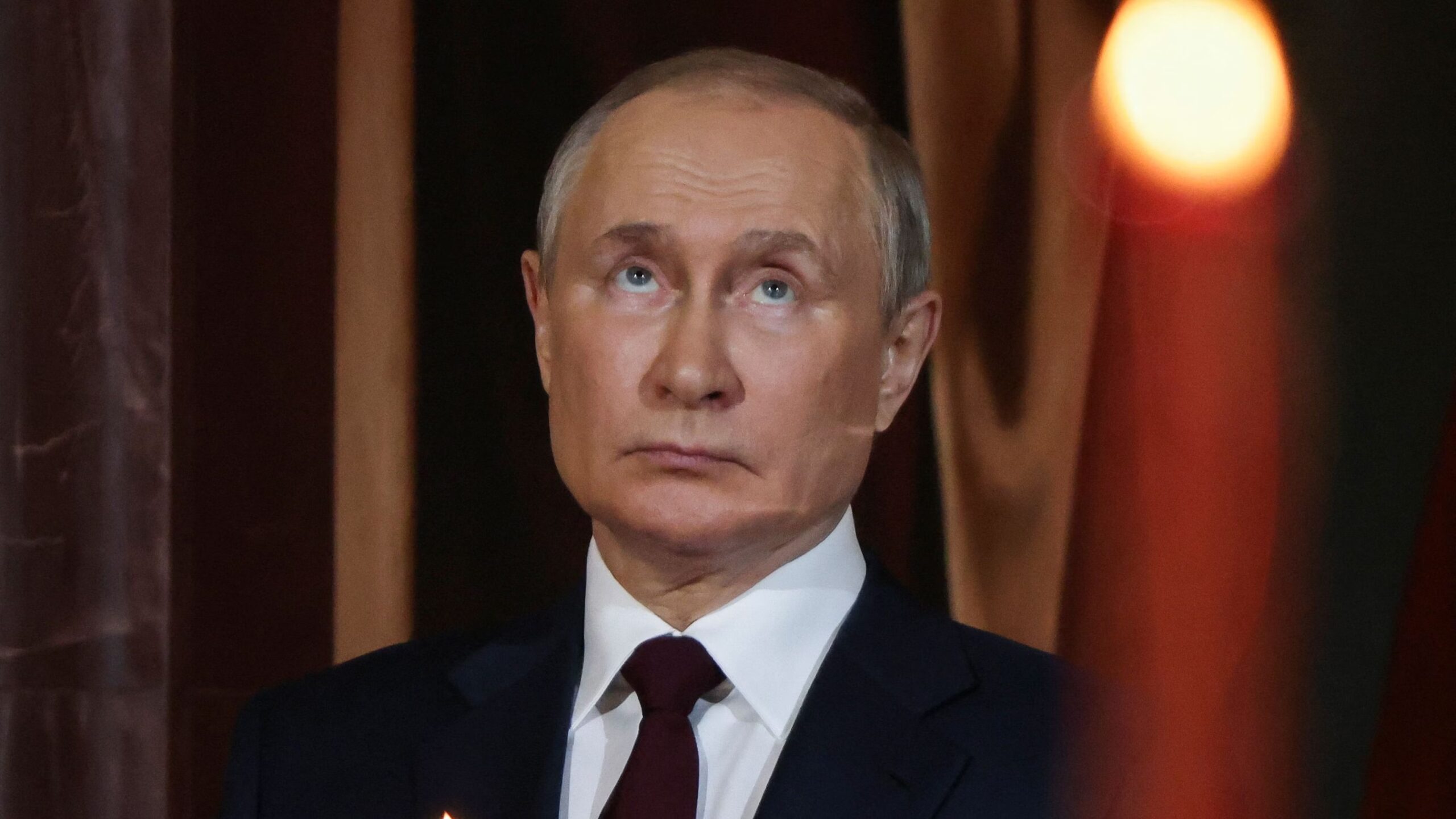
In the Oval Office on Monday, President Donald Trump took a firm stance, announcing new US arms shipments to Ukraine—funded by European governments—and warning of potential new tariffs aimed at Russia’s financial resources.
Russia’s Stock Market Reacts Unexpectedly
Despite the tough rhetoric, Russia’s stock exchange rose by 2.7% on the same day. This rise reflects relief that the anticipated harsher sanctions were less severe than expected.
Russia will have 50 days before secondary tariffs targeting its trading partners take effect, giving Moscow time to prepare countermeasures or seek to delay further implementation.
Russian media, like the tabloid Moskovsky Komsomolets, had warned of a looming confrontation following Trump’s announcement, but also expressed skepticism. The Kremlin’s position continues to be a cautious “Yes, but…” — expressing willingness for peace only if certain conditions are met.
Moscow demands the cessation of Western military aid and intelligence sharing with Ukraine, along with an end to Ukrainian mobilization. It views the war as a response to external threats to Russia’s security from Kyiv, NATO, and the West, framing the conflict as a defensive move.
The Reality of the Invasion
However, it was Russia, not Ukraine or NATO, that launched a full-scale invasion in February 2022, sparking the largest land war in Europe since World War II.
For months, Moscow’s “Yes, but…” approach has helped it avoid additional US sanctions while continuing the conflict. The Trump administration initially favored diplomatic engagement and incentives over sanctions, hoping to persuade Vladimir Putin toward a peace deal.
Putin appears in no hurry to agree to terms, confident in his military position. Trump’s announcement signals that the US will continue supporting Ukraine militarily, rejecting Moscow’s demand to halt arms shipments.
Meanwhile, mutual frustration has grown. While Trump voices dissatisfaction with Putin, Russian media openly criticizes the US president, calling him out for “delusions of grandeur” and a “very big mouth.”
What The Author Thinks
The current standoff highlights the deep mistrust and conflicting narratives that make peace negotiations extraordinarily difficult. While the US pushes for decisive support of Ukraine, Moscow clings to demands that are unlikely to be met. Both sides seem trapped in a cycle of escalating rhetoric and cautious maneuvering. Genuine progress will require not just military or economic pressure but a willingness to engage in real dialogue—a prospect that feels distant at best.
Featured image credit: Heute
For more stories like it, click the +Follow button at the top of this page to follow us.
